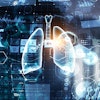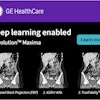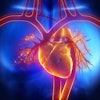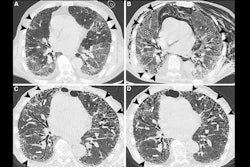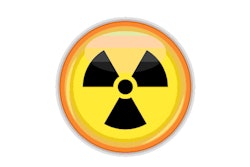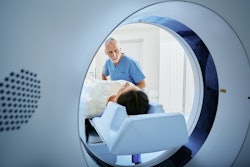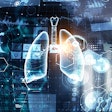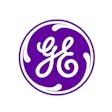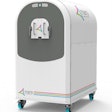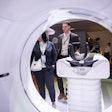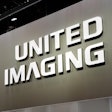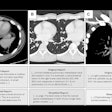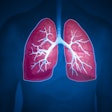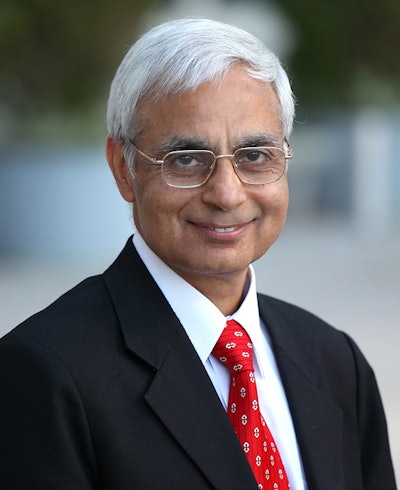
The rates of high-dose CT have increased since the introduction of new scanners, according to research published July 24 in the British Journal of Radiology.
A team led by Prof. Madan Rehani, PhD, director of the Radiation Protection Outreach Program and chair of the Radiation Safety Committee at Massachusetts General Hospital in Boston, found that between 2017 and 2022, CT exams with doses ≥ 50 mSv increased from 0.25% to 0.86% -- a 244% increase.
 (Above) Line graph displays the number of CT exams with ≥ 50 mSv, where the red line shows the quasi-maximum likelihood estimation of Equation 1. The estimation line is not a straight line because the logarithmic linear model included a control variable for the overall exam or patient volume. (Below) The bar diagram shows the percentage of CT exams with ≥ 50 mSv in each year.Figure courtesy of Prof. Madan Rehani et al and BJR.
(Above) Line graph displays the number of CT exams with ≥ 50 mSv, where the red line shows the quasi-maximum likelihood estimation of Equation 1. The estimation line is not a straight line because the logarithmic linear model included a control variable for the overall exam or patient volume. (Below) The bar diagram shows the percentage of CT exams with ≥ 50 mSv in each year.Figure courtesy of Prof. Madan Rehani et al and BJR.

The study included over 1.3 million consecutive CT exams performed on more than 381,000 patients over a 10-year period (2013-2022).
For the nearly 5,000 CT exams that had available data on body mass index (BMI), about 80% of exams were tied to overweight or obese patients. These groups showed nearly seven times the increase of underweight and normal weight patients. This included a 250-exam per year increase for overweight or obese patients versus 39 for underweight and normal weight patients.
Rehani, who is a senior editor of the BJR, and colleagues also found that the most common protocols for these high-dose exams included CT angiography of the aorta, coronary arteries, head and neck, and thorax-abdomen/abdomen.
"The increase in high-dose CT exams reflects the growing complexity of imaging needs and the capabilities of modern CT technology," the authors wrote. "This trend raises important concerns about patient safety, particularly for high-BMI (Body Mass Index) populations. Efforts to reduce radiation doses should focus on protocol optimization, leveraging emerging technologies, and enhancing dose management tools."
The full study can be found here.


